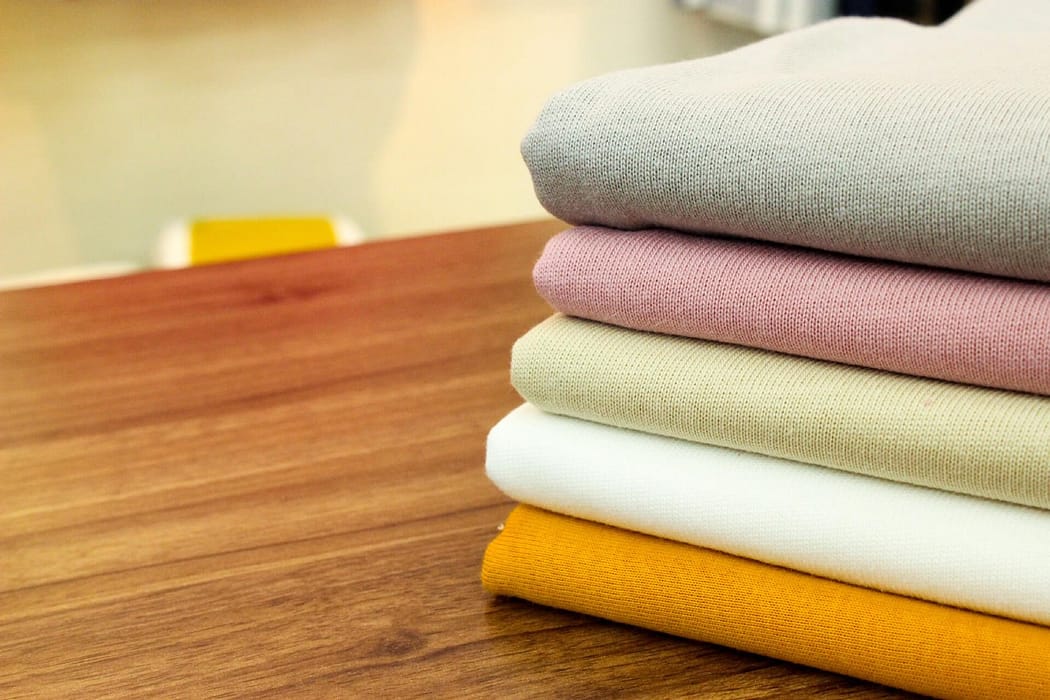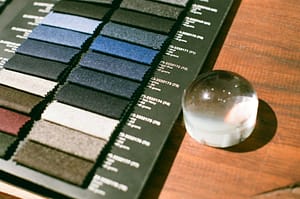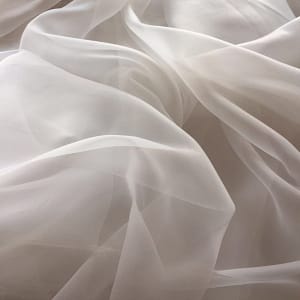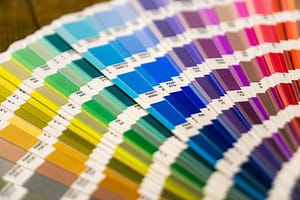History of Cotton Fabric
Cotton has been cultivated for thousands of years, with early use traced back to ancient India, Peru, and Egypt around 5000 BCE. In India, advanced techniques for cotton spinning and weaving spread to other regions through trade. By the Middle Ages, cotton fabrics were highly valued across Europe and the Middle East.
The Industrial Revolution in the 18th century revolutionized cotton production with inventions like the spinning jenny and cotton gin, allowing for mass manufacturing. This made cotton fabrics affordable and widely available. The U.S. became a major cotton producer, with the crop playing a pivotal role in its economy and history, especially during the Civil War. Today, countries like India, the U.S., and China remain key cotton producers.
What is Cotton Fabric?
Cotton fabric is a soft, breathable textile made from the fibers of the cotton plant. Renowned for its natural comfort and versatility, cotton has been a staple in clothing, home textiles, and even industrial uses for centuries. The fabric’s ability to absorb moisture, provide ventilation, and offer durability makes it a popular choice for everything from casual wear to bedding.
Cotton is also an environmentally friendly material, especially when sourced from organic or sustainably farmed cotton. Its hypoallergenic properties make it suitable for people with sensitive skin. While the textile industry has seen a rise in synthetic fibers, cotton remains a preferred fabric for those seeking comfort, natural fibers, and eco-conscious choices.
Properties of Cotton Fabric
Cotton is valued for its unique properties, making it a popular choice across industries:
| Property | Description |
|---|---|
| Breathability and Comfort | Allows air circulation, keeping the body cool and comfortable. |
| Durability | Strong and durable, withstands frequent washing and wear. |
| Moisture Absorption | Highly absorbent, ideal for towels and humid climate wear. |
| Hypoallergenic | Gentle on skin, preferred for those with allergies. |
| Biodegradability and Eco-Friendliness | Biodegradable and eco-friendly, decomposes naturally. |
Cotton Fabric Manufacturing Process
- Cultivation and Harvesting: Cotton is grown in warm climates and harvested either by hand or machine.
- Ginning: Cotton fibers are separated from seeds using a cotton gin.
- Spinning: The fibers are spun into yarn or thread.
- Weaving or Knitting: Yarn is woven or knitted into fabric.
- Dyeing and Finishing: The fabric is dyed and treated for color, texture, or durability.
Types of Cotton Fabrics
Cotton fabrics come in a wide variety of types, each with unique characteristics suited to different purposes. Some of the most common types include:

Muslin: A lightweight, loosely woven cotton fabric, often used in clothing, curtains, and as a base for fabric dyeing. Its softness makes it popular in baby products and dressmaking.
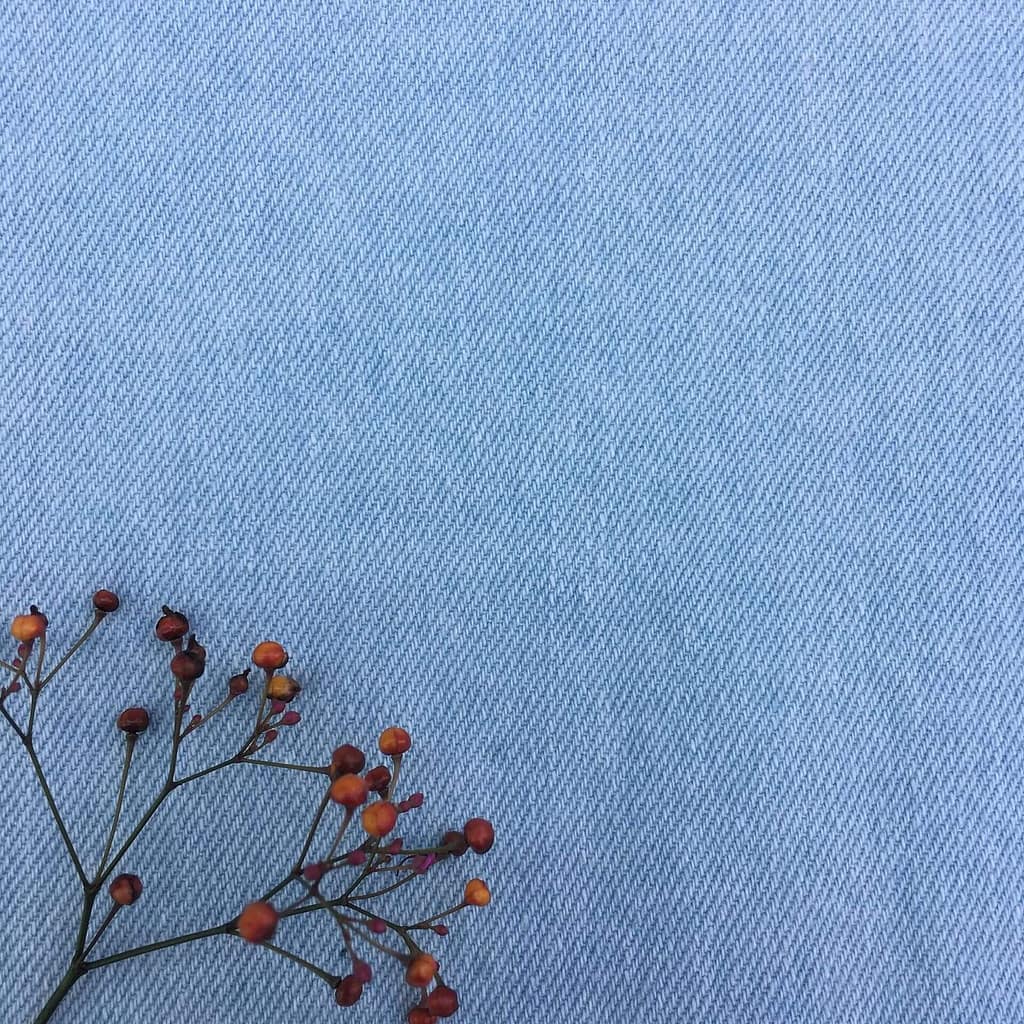
Denim: A durable cotton twill fabric, best known for its use in jeans. Denim is sturdy, long-lasting, and can be made in various weights for different garments like jackets and pants.

Poplin: This tightly woven, smooth fabric is popular for shirts and dresses. Its crisp texture and durability make it a go-to for both casual and formal attire.
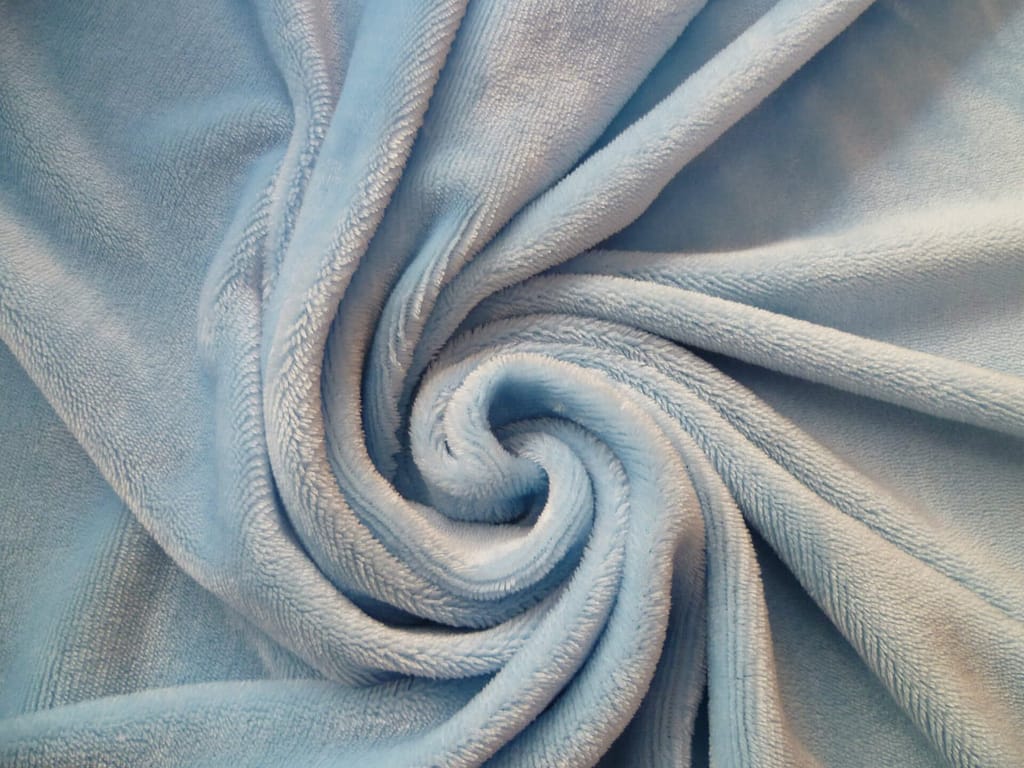
Flannel: A soft, brushed cotton fabric, flannel is known for its warmth and comfort, making it perfect for cold-weather clothing such as pajamas and bedding.

Terry Cloth: A highly absorbent cotton fabric with looped piles, terry cloth is used in towels, bathrobes, and cleaning cloths due to its superior absorbency.

Sateen: This fabric has a smooth, glossy surface, giving it a luxurious feel. Sateen is often used in bed linens, curtains, and decorative fabrics.
Uses of Cotton Fabrics
Cotton fabrics are used in a wide range of products across various industries:
- Apparel: Cotton is popular in everyday clothing, including t-shirts, jeans, dresses, and undergarments due to its comfort and breathability.
- Home Textiles: Cotton is used in items like bed sheets, towels, curtains, and tablecloths because of its absorbency and softness.
- Industrial and Medical Uses: Cotton is found in bandages, medical scrubs, and cleaning cloths for its softness and hypoallergenic qualities.
- Sustainable Fashion: Organic and recycled cotton are increasingly used in eco-friendly clothing and sustainable fashion initiatives.
Cotton vs. Other Fabrics
Cotton vs. Wool: Cotton is lighter and more breathable, ideal for warm weather, while wool is heavier and provides better insulation for cold climates.
Cotton vs. Silk: Cotton is more durable and easier to care for than silk, which is delicate and luxurious but requires special care.
Cotton vs. Polyester: While cotton is natural and biodegradable, polyester is synthetic and more wrinkle-resistant. Cotton, however, is softer and more breathable.
Cotton vs. Linen: Both are natural fibers, but linen is stiffer and stronger, making it ideal for summer wear. Cotton is softer and more versatile for everyday use.
Challenges and Future Trends in Cotton Fabrics
Environmental Concerns: Conventional cotton farming requires large amounts of water and often involves pesticides, contributing to environmental issues like water scarcity and pollution.
Organic Cotton Movement: Organic cotton farming, which uses fewer chemicals and less water, is gaining popularity as consumers seek more sustainable options.
Technological Innovations: Advances in fabric treatments, such as wrinkle resistance or moisture-wicking properties, are enhancing the performance of cotton fabrics in the market.
Sustainable Fashion: The rise of slow fashion and circular fashion trends is encouraging the use of organic and recycled cotton to reduce waste and promote eco-friendly practices.
Conclusion
Cotton fabrics have proven their value over time, offering comfort, durability, and sustainability. From everyday clothing to home textiles, cotton remains a go-to material for its breathability and versatility. As the industry moves toward more eco-friendly practices like organic farming and recycling, cotton continues to evolve, staying relevant in both fashion and sustainability. Its future in textiles looks strong, as innovation and responsible sourcing drive further growth.

